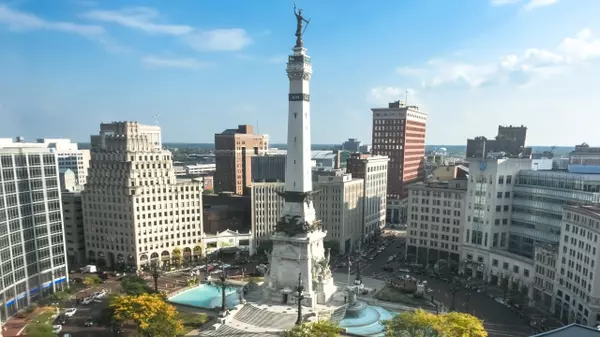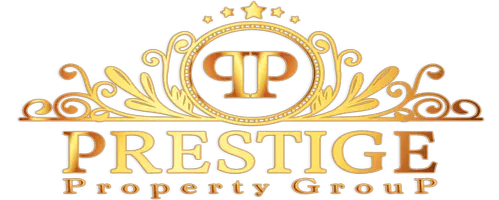Hawaii Homeowners Pay Some of the Highest Insurance Costs In The Country
Hawaii homeowners face some of the highest insurance premiums in the U.S., driven by the state’s unique geography and elevated climate risks.
While national averages remain lower, new data from the U.S. Census Bureau and the Realtor.com® 2025 Climate Risk Report show that Hawaii households are among those paying the most for coverage.
Hawaii’s Insurance Costs in Context
According to newly released American Community Survey (ACS) data from the U.S. Census Bureau, Hawaii homeowners with or without a mortgage typically pay $1,000–$1,499 annually for homeowners insurance. Overall statewide costs are the same, at $1,000–$1,499. But at the upper end, the Census data also shows households reporting costs of $4,000 or more, making Hawaii one of the few states in that category.
Hawaii has 304,026 insured homeowner households in total—184,501 with a mortgage and 119,525 without. Among mortgaged owners, 13,751 pay less than $100 annually and 19,171 pay $4,000 or more. Among those without a mortgage, 22,510 pay less than $100 and 10,322 pay $4,000 or more.
Compared with other Pacific states, Hawaii’s numbers stand out. California homeowners typically pay $1,000–$1,499 regardless of mortgage status. Oregon and Washington fall into the same range, with few households reporting extremely high costs. Alaska is lower still, averaging $1,000–$1,499 with a mortgage and $800–$999 without. By comparison, Hawaii’s exposure to extreme weather events, including hurricanes and wildfires, pushes more households into the $4,000-or-higher category, setting it apart even within the region.
Climate Risks Add to the Burden
The Realtor.com 2025 Climate Risk Report shows why Hawaii households face elevated premiums. Nationally, 5.6% of homes—worth $3.2 trillion—face severe or extreme wildfire risk, and Hawaii has recently joined the list of states where wildfire exposure has strained insurers.
Hawaii is not included in the top 100 metros analyzed in the report, but it is still one of the most climate-affected areas in the nation, making securing insurance difficult. Specifically, obtaining hurricane insurance has become nearly impossible.
"Homeowners with old, or out-of-code, structures are generally first in line to get dropped," says Jordan Blake, director of communications and operations at Shoreline Public Adjusters, a firm that represents policyholders in claims involving non-renewals. "It’s not always about a history of claims, or whether a home is in Tornado Alley. More and more, it’s about how a home is constructed and how it’s expected to perform when subjected to stresses."
Hawaii’s isolation adds another challenge: fewer insurers operate in the state, limiting competition. As a result, coverage is often more expensive and harder to obtain, especially in areas exposed to both wildfire and storm risks.
A National Affordability Crisis
Hawaii’s steep premiums are part of a larger national pattern. The Realtor.com 2025 Insurance Affordability Report found that 75% of Americans believe homeowners insurance could soon become unaffordable, while nearly half said they have already faced difficulties renewing or obtaining coverage.
These pressures are changing homebuying behavior. Nearly 30% of buyers said they had changed the geographic area of their search due to insurance concerns, while another quarter said they had overhauled their entire buying strategy. The financial burden is also leading some to risky decisions: 58% of homeowners nationwide said they would consider dropping insurance altogether if costs became too high, with younger buyers the most likely to do so.
For Hawaii homeowners, the challenge is sharper than in most states. With premiums already among the highest in the country, affordability pressures are front and center—and likely to remain so as climate risks intensify.
This article was produced with editorial input from Dina Sartore-Bodo, Gabriella Iannetta, and Allaire Conte.
Categories
Recent Posts










GET MORE INFORMATION

